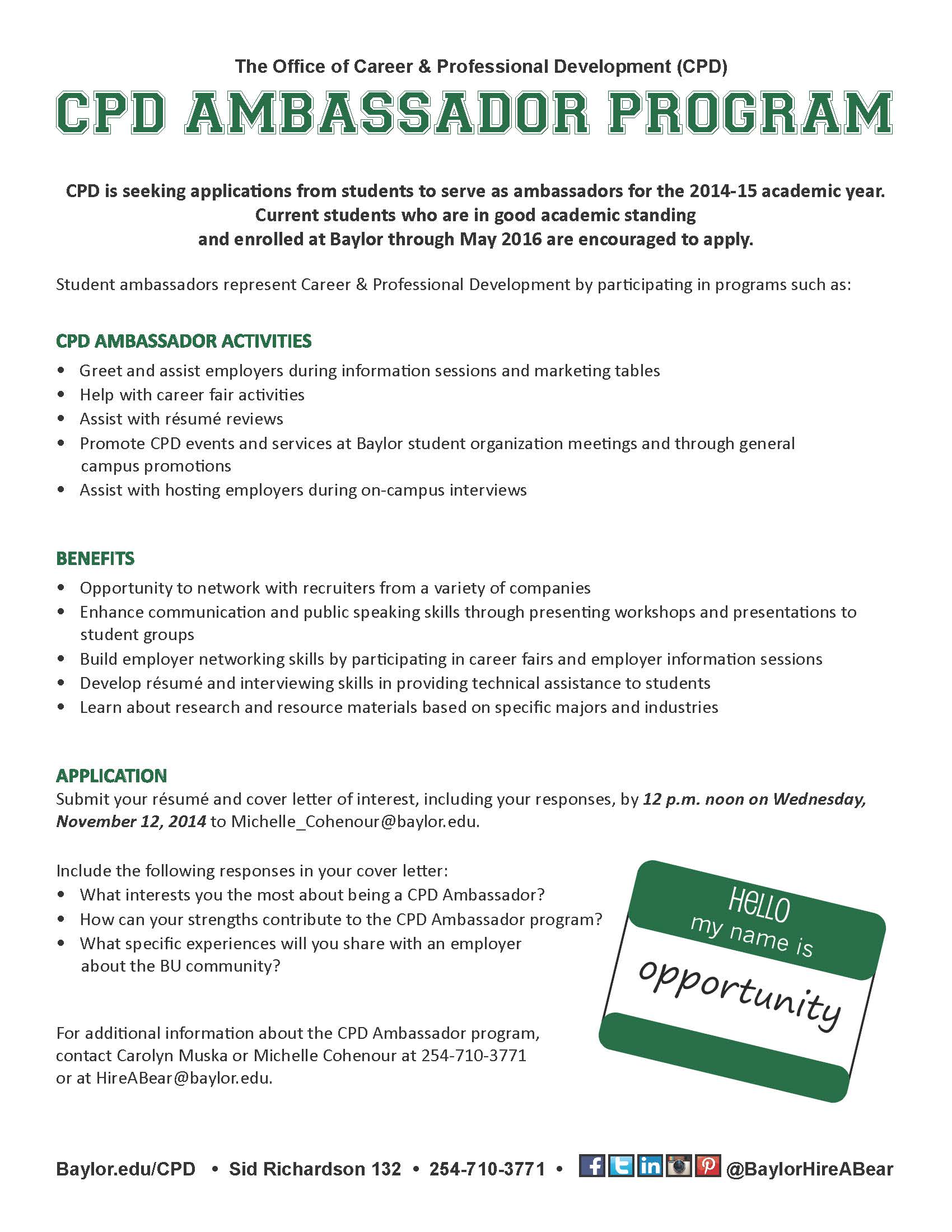
If you’re a college student exploring careers, you may not be aware of the wide range of job opportunities in public service. Careers in the federal government range from scientist to engineer to museum curator. Federal architects plan embassies around the world. Urban park rangers teach history to visitors. Biologists study sharks, sea turtles, and dolphins. Engineers develop robots for the space shuttle. Students in science, technology, engineering, math, and medical fields (STEMM) find occupations in plant pathology, fire protection engineering, naval architecture, astronomy, space science, and cryptanalysis.
As the nation’s largest employer with about 2 million civilian workers, the government is seeking to fill thousands of positions at any given time, and these federal jobs match almost every set of skills and interests. In the last fiscal year, the government hired nearly 92,000 full-time permanent employees, and these jobs were located in all 50 states and overseas, not just in Washington, D.C.
The U.S. Department of Agriculture employs more than 1,000 civil engineers. More than 3,500 people at the Social Security Administration work in information technology management. If your interests are heavy on science, look for jobs at the National Institutes of Health or the National Institute of Standards and Technology. Physics and engineering? Think about opportunities at the U.S. Department of Energy and the 10 NASA centers around the country.
What’s Real About Federal Employment
It is a myth that the government isn’t hiring. More than 76,800 federal workers were hired in 2013 and nearly 92,000 became new federal employees in 2014.
Another myth is that federal pay and benefits can’t compete with other sectors. In fact, both pay and benefits are competitive. Total pay also can vary depending on where the job is located. In more expensive geographic areas, the addition of locality pay bumps up salaries to ensure the same standard of living for employees, regardless of their location.
Salary is not the only consideration when comparing job opportunities. Federal employees get other benefits including student loan repayment assistance; flexible schedules, and vacation and sick leave packages; health and retirement benefits; training and other professional development activities; and advancement opportunities.
Take Advantage of the Opportunities
As a student or recent graduate, you are eligible for the Pathways Programs that give students from qualifying educational institutions and programs, and recent graduates, a chance to explore different career paths, gain experience, and decide if an agency is right for them.
If you are a current student, you are eligible for internships, and if you are a recent graduate, you can work in government for one year—with both opportunities potentially leading to full-time employment. For either of these, you undertake a program of 40 hours of training and development, possibly including mentorship.
The government’s most prestigious fellowship is the two-year-long Presidential Management Fellows (PMF) Program, open to individuals with qualifying advanced degrees. In this program, you receive 80 hours of training and development, complete an individual development plan, and are assigned a senior-level mentor. You also spend a portion of your time in a rotational or development assignment, to experience opportunities in your discipline in another department or agency.
Where to Apply
The federal government has dozens of departments and agencies. To narrow your focus, it helps to concentrate on agencies that make the most sense for your interests, whether it is federal housing, public health, or international issues.
You can search for those agencies on several websites:
1. USAJOBS.gov—The federal government’s jobs portal.
2. USA.gov—A government website that provides an “A-Z index” of federal agencies.
3. FEB.gov—A forum for communication and collaboration among federal agencies outside of Washington that you can use to find federal points of contact in your area.
4. Fedscope.opm.gov—An Office of Personal Management website containing federal human resources data.
5. Bestplacestowork.org—The Partnership’s site ranking where federal agencies stand based on employee satisfaction surveys.
6. Social Media—Many agencies are on Facebook, Twitter, LinkedIn, and other sites.
How to Apply for Federal Job Opportunities
The government’s jobs website, USAJOBS.gov, has resources explaining how to apply for jobs. The Partnership’s Go Government website also offers a wealth of information on applying. On GoGovernment.org, you will find a step-by-step guide on the application process, along with profiles of young federal employees, and occupation guides that describe the people and positions that specific agencies are hiring.
If you are unsure about which federal agency you’re interested in, the Partnership produces the annual Best Places to Work in the Federal Government® rankings that offer information on which agencies house the highest percentages of satisfied employees. Another good place to start is at federal agency websites, where you’ll find information about the mission and the work, and get a flavor for an agency’s culture.
By: Caleb Campbell
Caleb Campbell is an associate manager on the Education and Outreach team at the Partnership for Public Service. In his role, Campbell manages the Call to Serve network providing resources and information to more than 1,000 colleges and universities on federal hiring and the best strategies for getting the top talent into government.
Courtesy of the National Association of Colleges and Employers.








